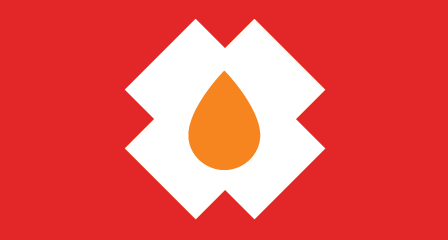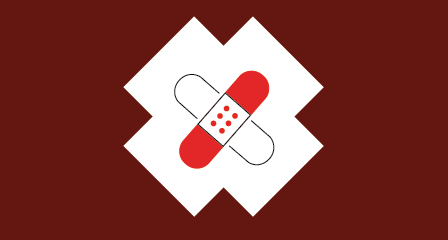Don’t have an account?
Select the donation type you’d like to make
The power of platelets
"Every single one of those transfusions has been lifesaving."
After leukaemia turned Gennaro’s life upside-down, donated blood and platelets helped him stay strong, and survive.

People with leukaemia or going through treatments like chemotherapy can have their platelet counts become so low that they have spontaneous bleeding.
Even a small amount of bleeding is dangerous, but it’s especially so if it happens in the brain. Enter platelets: they can stop that from happening by clotting the bleed.
Platelets can also stop bleeding during surgery or after major trauma, from a workplace accident to a shark attack.

Not everyone can give platelets, but we love your enthusiasm! On top of our normal criteria to be a blood donor, you also need to have given plasma before and be cisgender male.
The male-only requirement may seem strange, but it’s because of a serious condition called transfusion-related acute lung injury (TRALI). It’s a rare, but sometimes fatal, condition that can lead to breathing difficulties and low blood oxygen in patients after a transfusion. It’s thought to be caused by antibodies (proteins produced by the immune system which attack foreign substances) found more commonly in the blood of women.
Your platelet donation essentials
How does platelet donation work?
It's a lot like donating blood, and just as rewarding. The process is called ‘apheresis’. It might sound complicated, but it’s just another word for how we collect platelets (and plasma, too).
While you’re resting in a comfortable chair, a special machine draws blood from your arm. The machine separates the blood out to collect the platelets along with some plasma. Your red cells and most of the plasma are then returned to you.
Donating this way means you give anywhere from 4 to 12 times as many as you would in a normal blood donation! And, on top of that, you can do it more often — as often as every 2 weeks.
Are there any side effects?
Read our information about potential side effects of donating Platelets here.
How long it takes
Donating takes about an hour, and you can use that time to read, catch up on your favourite TV shows or just enjoy some uninterrupted down time.
Leave about 2 hours for the whole appointment, which includes meeting with a friendly staff member before your donation and having a complimentary snack and drink after.
How often can I give platelets?
As often as every 2 weeks if you like (or 4 weeks after a blood donation and 2 weeks after a plasma donation). Many donors find once a month fits into their routine nicely, but everyone is different.
Changing more lives more often? Yes please.




